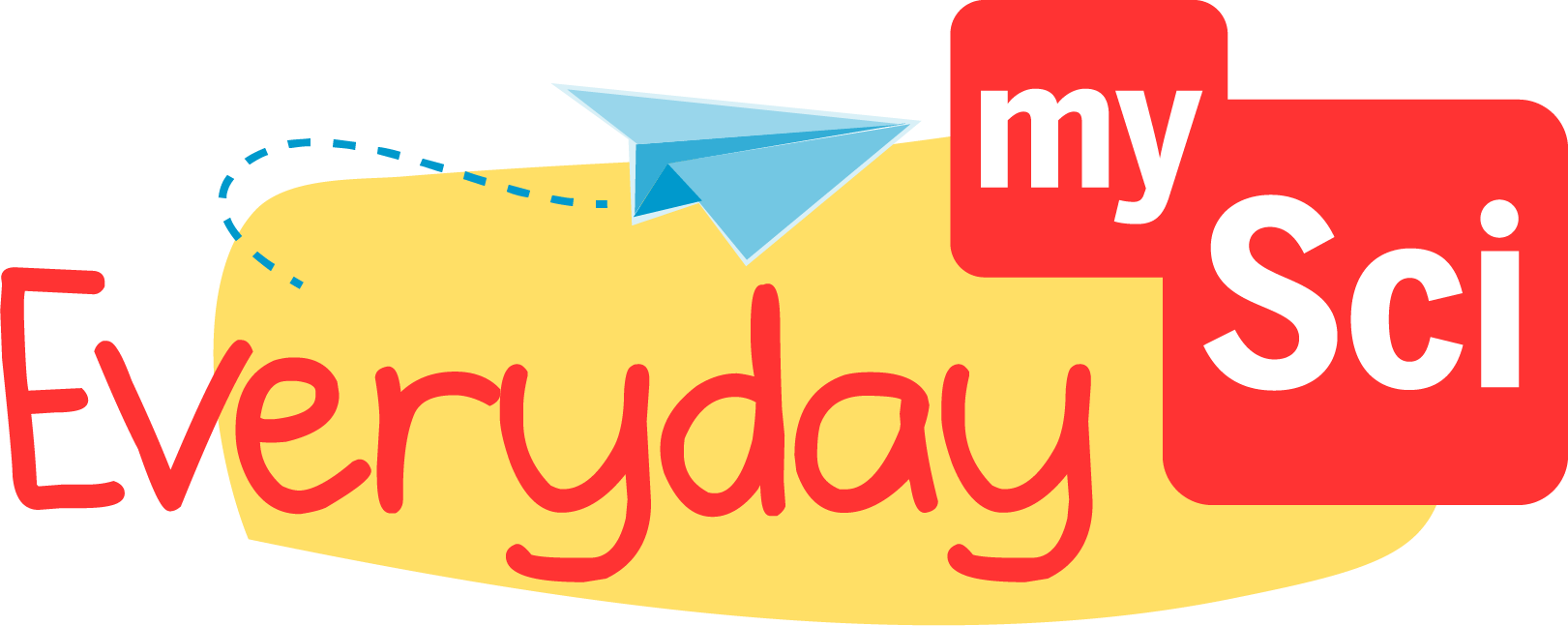
Explore the similarities and differences of life cycles of plants and animals.
Activities:
Grow a plant from seed and watch its life cycle from birth, to growth, to seed production, to death. Observe plants around your house or neighborhood in different life cycle stages. Draw realistic pictures of what you see. Label your drawing. https://www.pbslearningmedia.org/resource/tdc02.sci.life.colt.lp_plantcycle/plant-life-cycles
Go outside and try to find bugs or other animals that have adaptations that help them survive – such as antennae, wings, or camouflaged skin. If you find more than one of the animals you observe, compare them to see if their traits are identical or not. Do an experiment to see how camouflage helps animals survive. https://www.sciencebuddies.org/stem-activities/candy-camouflage#instructions
Videos and Readings:
Videos: Seed to Flower | Mealworm to Darkling Beetle | Complete vs. Incomplete | Metamorphosis | Kittens with Mother Cat | Camouflage: Animal Hide & Seek | 25 Insane Animal Adaptations
Readings: CK-12 3rd Grade Life Science Texts
Mealworms, by Martha Rustard Animal Life Cycles, by Angela Royston
Inheritance of Traits: Why is My Dog Bigger Than Your Dog? by Jen Green
Questions to Ask:
- How are these two animals of the same type similar and different? What caused these differences?(Example: In a litter of puppies- one puppy has white spots, while the other is all black. This is because they inherited traits from both mom and dad. They all have fur and tails, though.)
- What caused this animal to be able to survive? What would happen if this animal didn’t have this trait? (Example: A moth has colors that blend in with tree bark. If it had bright colors, it would stick out to predators and be eaten.)
- What pattern do you notice in all of the life cycles you researched? (They all begin with birth, then growth, then reproduction, then death.)
Summary Activity:
Research the life cycles of two of your favorite plants and animals- flowers, trees, frogs, butterflies, chickens, or horses would be good examples. Draw a picture to show what the different stages of the life cycle look like, and share this with your family. Compare the life cycles. Point out adaptations of the plants or animals you chose.
